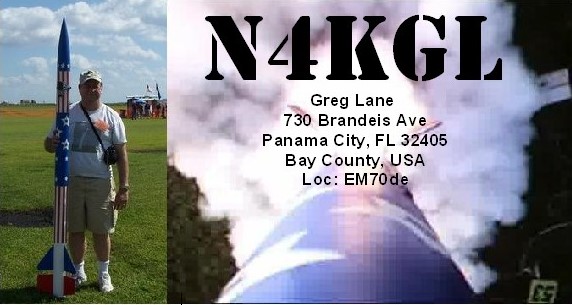 |
| RaDAR Is Rapid Deployment Amateur Radio |
RaDAR Challenge Rules
1. Aim
The RaDAR “Challenge” is a unique event aimed at promoting the use of Rapidly Deployable
Amateur Radio stations. Categories may be changed at any time during
the challenge. The points system is so structured as to encourage portable RaDAR operations especially moveable RaDAR stations. RaDAR operators are encouraged to be self-sufficient during each challenge, not only with power supply and communications equipment but food, water, protective clothing and shelter, not forgetting the first aid kit.
2. Date and Time
00:00 UTC to 23:59 UTC on Saturday 1 April 2017,
00:00 UTC to 23:59 UTC on Saturday 15 July, and
00:00 UTC to 23:59 UTC on Saturday 4 November 2017
24 hours will give equal opportunity to the international community of RaDAR operators.
RaDAR operators can define their own operating time schedule. The 24 hour period remains but it’s up to each individual to plan his / her MAXIMUM, SINGLE PERIOD, FOUR HOUR ops. He/she should take propagation into account with the ultimate goal of intercontinental RaDAR to RaDAR communications in mind. (10 bonus points!)
3. Bands and Modes
All amateur bands are allowed including cross band contacts via amateur radio satellites.
Modes – CW, SSB, AM, FM or any legal digital mode. QSOs via terrestrial FM
repeaters should preferably not be used for the purpose of the challenge.
4. Suggested HF calling frequencies
See http://zs6bne.wordpress.com/2013/03/06/radar-calling-frequencies/ for the RaDAR
Calling channels, the latest suggested international list of calling frequencies
5. Exchange
The RaDAR challenge requires more than a minimalistic information exchange. Accurate
information exchange is considered more important than a large QSO count.
Call sign, name, RS (T) report, QTH and grid locator. The grid locator of six characters
is acceptable but should preferably be accurate to 8 or 10 characters for higher
position accuracy (especially for moving RaDAR stations).
6. Scoring
1 point per QSO. Individual QSOs could be per mode, per band, per satellite, per
grid location. If the moving RaDAR station has moved the required distance contact
can be made with a previously worked station, again. Suggestions have been made to call CQ including grid location, for example CQ RaDAR from grid KG34acXXyy, to help callers determine whether it is possible for a new contact with a previously worked moving RaDAR station
7. Categories and multipliers
The following multipliers are applicable to determine the final score. If category/mode
of transport changes were made during the challenge, than calculate accordingly.
X 1 – RaDAR Fixed station (in a building away from home)
X 2 – RaDAR Field station (camping)
X 3 – Moving RaDAR station – see modes of transport below.
Modes of transport and required movement distances (moving RaDAR stations only)
Vehicles, motorcycles and motorboats, etc., (motorised transport) – 6 km
Bicycles – 2 km
On foot and paddle canoes – 1 km
Wheelchairs – 500 m
Aeronautical mobile stations are considered moving stations and can communicate
at any convenient time.
Note: Moving RaDAR stations can move at any time but are required to move to the
next destination after five contacts have been made from the present location. The
move needs to cover the required distance before further contacts can be made.
This requirement tests the ability to rapidly and successfully re-deploy your amateur
radio station. If it be gentlemanly to make further QSO’s before moving then please feel free to do
so but the QSO’s in excess of five per deployment point can not be counted for
points.
9. Bonus points (All categories)
Five (5) points for a minimum of one satellite or any digital modes QSO involving a
computer, smartphone or digital modes device. (For clarity thereafter 1 point per
Satellite / Digital modes QSO).
Five (5) points for the first successful same continent RaDAR to RaDAR QSO.
Five (5) points for the first intercontinental (DX) QSO
Ten (10) points for the first successful intercontinental (DX) RaDAR to RaDAR
QSO.
10. Log Sheets
Log sheets must be submitted by 15 April 2017, 29 July and 18 November 2017 and
sent by e-mail to edleighton@gmail.com
Note: A photo of the station should accompany every log entry including each new
location that moveable RaDAR stations visit.
The above is an excerpt from SARL 2017 Contest Manual
Please visit zs6bne.wordpress.com and Google+ RaDAR Community for more info about RaDAR.
I encourage all hams to participate Let us know your plans and results. Good luck and be safe!
Greg N4KGL
www.N4KGL.info

.jpg)